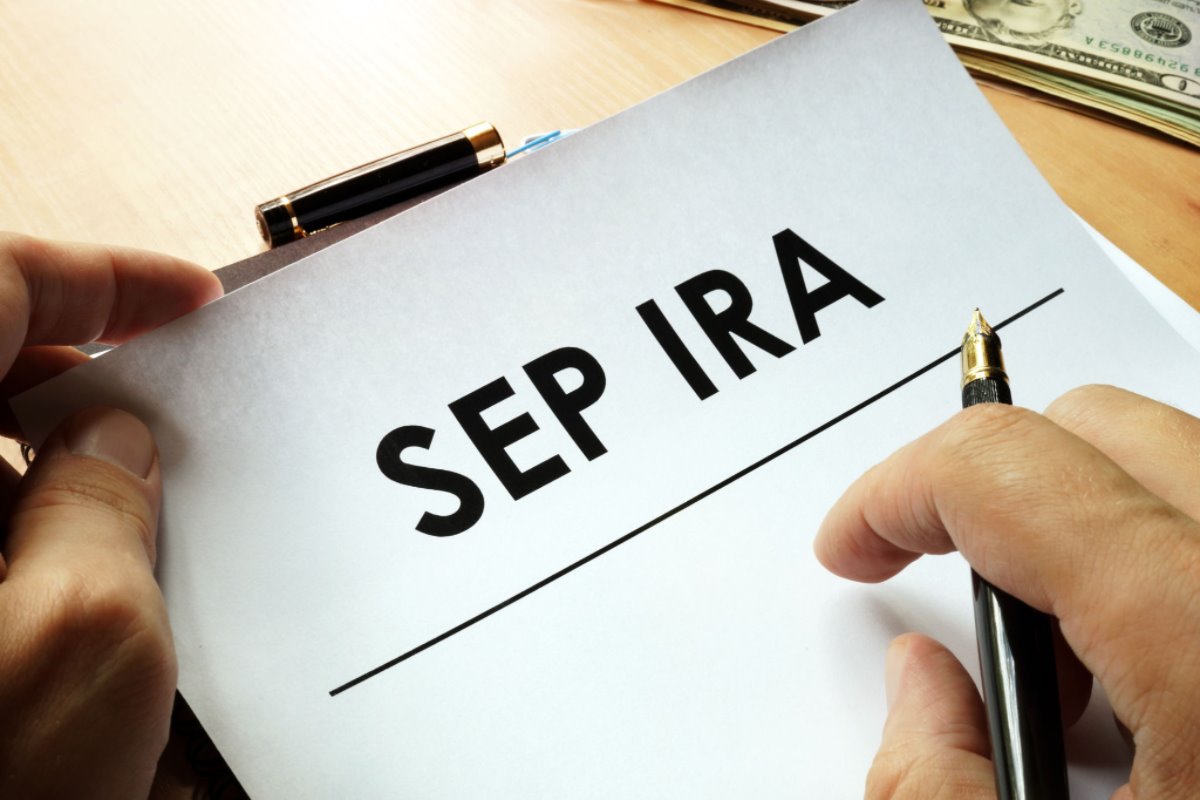Government employee pensions represent a cornerstone of financial security for public servants as they transition from active service to retirement. These pension plans are more than just a benefit; they are a testament to a nation’s commitment to its workforce, ensuring that those who have dedicated their careers to public service can retire with dignity and financial stability. However, the management of government employee pensions is not without its complexities and implications for a nation’s fiscal responsibility.
In this comprehensive exploration, we will delve into various facets of government employee pensions, examining their diverse types, eligibility criteria, funding mechanisms, and the profound impact they have on public finances. We will also explore the challenges and controversies surrounding these pension systems, along with best practices in pension management. By the end of this journey, it is our aim to provide a thorough understanding of government employee pensions and their role in both individual retirement planning and the broader fiscal landscape.
Table of Contents
Understanding Government Employee Pensions

Types of Government Employee Pension Plans
Government employee pension plans come in various forms, each with its unique features and benefits. These plans are designed to cater to the diverse needs of public servants, depending on their roles and service duration.
Defined Benefit Plans
Defined benefit plans are the most traditional form of government employee pensions. In these plans, retirees receive a predetermined monthly payment based on factors such as years of service and salary history. This stable income provides retirees with financial security throughout their retirement years.
Defined Contribution Plans
Defined contribution plans, on the other hand, differ significantly. Both employees and employers contribute to individual retirement accounts, with retirement benefits dependent on the performance of these accounts. While they offer flexibility and potential for higher returns, they also entail a level of financial risk for retirees.
Eligibility and Participation
Eligibility for government employee pensions hinges on several factors, including years of service, employment status, and age. Understanding the eligibility requirements is essential for individuals planning their retirement.
Eligibility Requirements
Eligibility criteria vary between pension plans and regions. Typically, individuals must have completed a minimum number of years in public service to qualify for pension benefits. Age requirements may also apply, ensuring that individuals retire at an appropriate time.
Participation Process
The process of enrolling in a government pension plan involves collaboration between employees and employers. While employees typically contribute a portion of their salaries, employers also play a crucial role in managing pension funds and ensuring compliance with regulatory requirements. We will explore the intricacies of this process in detail.
The Impact on Public Finances

Fiscal Responsibility and Government Employee Pensions
The financial implications of government employee pensions are substantial, directly affecting a nation’s fiscal responsibility. As a significant portion of government expenditures is allocated to pension systems, understanding their impact is vital.
Pension Funding Sources
Government employee pensions are funded through various sources, including employee contributions, employer contributions, and investment returns. A thorough comprehension of these sources is essential to grasp the financial dynamics of pension systems.
Budgetary Considerations
Budget planning is a critical component of fiscal responsibility. Government employee pensions require careful consideration in the budgetary process, as decisions about funding allocation for current and future pension obligations have long-lasting consequences for public finances.
Challenges and Controversies

Sustaining Government Employee Pensions
The sustainability of government employee pension systems is a pressing concern, given demographic shifts and economic challenges. This section will delve into the challenges faced and potential solutions to ensure the long-term viability of these systems.
Pension Reform Efforts
Many governments have embarked on pension reform efforts to address sustainability issues. These reforms encompass changes in eligibility criteria, contribution rates, and retirement ages, among other factors.
Public Perception and Political Debates
Public opinion and political debates often swirl around government employee pensions. Differing viewpoints and interests come into play, influencing pension policies and shaping public perception. We will explore the various perspectives and their impact on decision-making.
Best Practices in Pension Management

Ensuring Fiscal Responsibility in Pension Administration
Effective pension administration is vital for maintaining fiscal responsibility. This section will outline best practices in pension management, including strategies for optimizing pension fund investments and ensuring the financial stability of pension systems.
Investment Strategies
One critical aspect of pension management is investment. We will delve into strategies employed by pension funds to maximize returns while managing risk effectively.
Ensuring Long-Term Viability
Long-term viability is a central concern in pension administration. We will explore measures aimed at securing the financial future of government employee pension systems and ensuring that they continue to provide for retirees in the decades to come.
Case Studies and Success Stories

Examples of Government Employee Pension Success
Real-world examples of effective government employee pension systems can provide valuable insights. By showcasing success stories from various regions, we will highlight the key factors contributing to the sustainability and effectiveness of these programs.
Wisconsin Retirement System (WRS), United States
The Wisconsin Retirement System (WRS) is considered a successful government employee pension system in the United States. It offers a defined benefit plan that provides predictable retirement income to participants. With stable investments and effective management, the WRS serves as an example of long-term sustainability.
Singapore Central Provident Fund (CPF), Singapore
Singapore’s CPF system is a comprehensive public savings scheme designed to address citizens’ retirement, healthcare, and housing needs. This system offers various benefits based on contributions from employees and employers. CPF ensures sustainability through effective fund management and regular contribution increases.
Alberta’s Public Sector Pension Plans, Canada
In Canada’s Alberta province, various retirement plans are offered to public sector employees. These plans rely on a complex financial structure to provide participants with secure retirements. Alberta’s success is achieved through continuous plan review and adjustment by participants and governing bodies, along with effective investment strategies.
Approaches to Fiscal Responsibility in Different Regions
One of the key aspects of government employee pensions is how different regions worldwide approach fiscal responsibility in managing these systems. It’s crucial to explore the various strategies and policies employed by governments to ensure the long-term sustainability and effectiveness of their pension programs.
Let’s take a closer look at a few examples:
1. Canada’s Multi-Employer Pension Plans
Canada has implemented multi-employer pension plans (MEPPs) that pool resources from multiple employers, creating economies of scale. This approach helps manage costs more efficiently and distribute risks among various employers. The Canadian experience demonstrates the advantages of collaboration in achieving fiscal responsibility in the public sector pension landscape.
2. Australia’s Superannuation System
Australia’s superannuation system requires employers to contribute a percentage of their employees’ salaries to individual retirement accounts. This approach encourages personal responsibility and long-term savings while reducing the burden on the government. It offers a unique perspective on how a mandatory contribution system can contribute to fiscal responsibility.
3. Netherlands’ Collective Defined Contribution Plans
In the Netherlands, collective defined contribution (CDC) plans have gained popularity. These plans share investment risks among participants and emphasize collaboration between employers and employees. The Dutch CDC model offers insights into balancing risk and sustainability within pension systems.
Conclusion
In conclusion, government employee pensions are not merely a financial safety net for retirees; they are a testament to a nation’s commitment to its workforce. Understanding the intricacies of these pension systems, including their types, funding mechanisms, challenges, and best practices, is essential for policymakers, public servants, and citizens alike. As we navigate the complexities of government employee pensions and their impact on fiscal responsibility, we gain valuable insights into the dynamic interplay between retirement security and the broader economic landscape.


